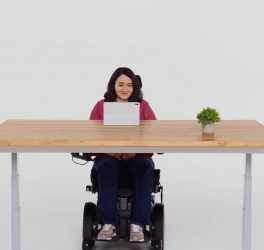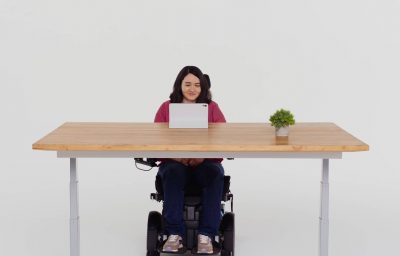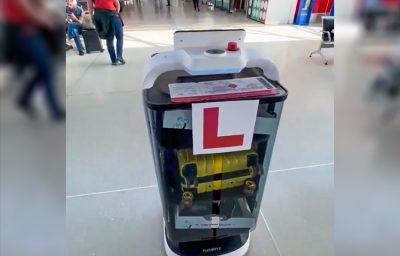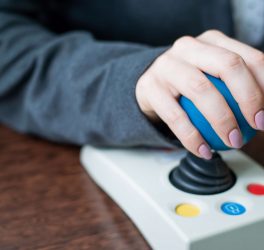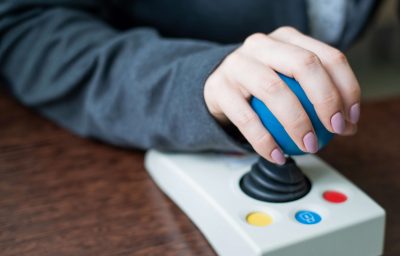You might not know what they’re called, but you probably use them quite a lot. Virtual buttons, also called soft keys, are on smartphones, ATMs and computer monitors, doing the work of buttons though they are just an image.
Virtual buttons are handy and efficient, unless you’re vision impaired, because you can’t actually feel them.
Anusha Withana is looking for solutions in what is one of the fastest growing areas of scientific research: electronic skin, “My research is about creating blended interfaces,” he says in the University’s School of Computer Science, where he works. “Meaning technology that can be worn without being noticed.”
Working with colleagues, Withana is developing a super-thin, hyper-flexible sticky tape that can have electronic circuits printed onto it. Once applied, people could use it to control devices, receive information and importantly, register sensations through mobile phone-like vibrations. This could have benefits in robotics, education, game-playing and for people with disabilities.
An added advantage of tactile information is that it doesn’t distract people in the same way that visual or auditory information might. As Withana points out, “some vision-impaired people prefer not to have information come to them through sound, because that’s their connection with the world. If information can come to them in a tactile way, that’s better.”

